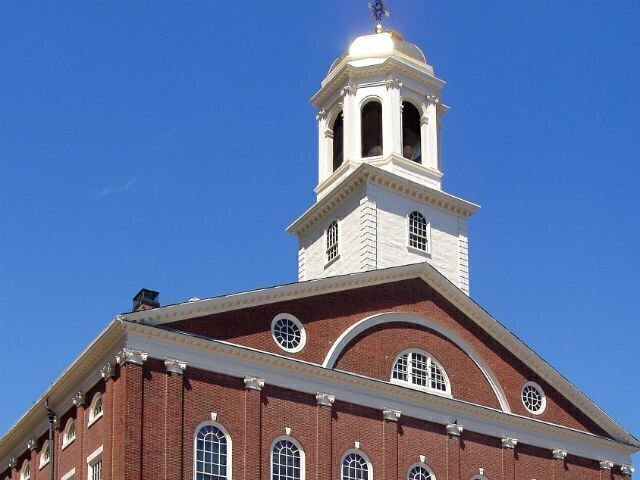
Local self-governance is a proud American tradition. (For evidence, look no further than a presidential primary campaign that requires Oval Office hopefuls to prostrate themselves before the humble citizens of countless towns and cities across Iowa and New Hampshire.) But in dire circumstances, cities face the dramatic option of ending their existence altogether.
A recent story in The New York Times highlighted this phenomenon. The paper reported that several towns in Maine are considering eliminating their local government, thereby eliminating costs and easing financial pressures brought on by declining populations and struggling economies.
This process of municipal dissolution, or disincorporation, is defined as “the termination of the political unit of an incorporated municipality, whether city, village, or incorporated town,” according to a 2012 article by Michelle Wilde Anderson, now at Stanford Law School. It is, in a sense, political suicide.
Although the U.S. Constitution establishes a complex federal system with powers divided between and shared by national and state governments, it makes no mention of local government. Therefore, the power to establish or abolish cities is delegated to the states by virtue of the 10th Amendment. As such, the process of disincorporation varies according to each state’s constitution and laws. According to data compiled by Anderson, 40 states allow for disincorporation; with the passage of H.B. 1773 in October 2014, Pennsylvania became the 41st state to do so.
The path to disincorporation can be pleasant or gut-wrenching, cooperative or combative. In one scenario, a city dissolves because state law automatically makes it so. A lack of activity, including the failure to elect officials or collect taxes, or a population size below a predetermined level can trigger this “passive” process. In another scenario, states can force cities to dissolve by means of an “involuntary” disincorporation. This possibility is encouraged by partisan differences between the two governments.
Perhaps the most dynamic scenario is one in which a city’s leaders or residents initiate a “voluntary” disincorporation; 37 states allow for this to happen. Here, disincorporation can be approved by petition or local election, with state or regional agencies signing off.
But why would a city choose to end its existence? Why would Americans choose to relinquish the most local form of self-rule?
One reason, Anderson writes, is economics. Both long-term economic decline, perhaps caused by departing businesses or an aging population, and short-term economic crisis, perhaps caused by a financial crash, can force cities to consider such an extreme option.
Another is taxes—not the failure to collect, but the effort to collect in the first place. Citizens can stage a sort of “tax rebellion” and grab the attention of authorities by proposing their elimination.
Yet another is corruption, and the desire for reform. Here, too, residents can communicate a powerful message, or can pull the cord on a golden parachute to escape seemingly intractable problems.
Even race can play a factor. For example, many of the so-called “All-Black” towns of Oklahoma founded in the half-century after the Civil War were ultimately disincorporated, thanks in part to Jim Crow laws that drove African Americans from the state.
Lest one despairs at the future of America’s town hall, Stanford’s Anderson identifies a powerful countervailing force: community. “It is a notion that cityhood defines a place, forges community bonds, and preserves local history,” she explains. “Captured here as well is the idea that bonds—residents with one another, but also residents with their government—are stronger when formed at a small scale, because participation is better and government closer.”
Governments may come and go, but maybe brotherhood is forever.
Nicandro Iannacci is a web content strategist at the National Constitution Center.







